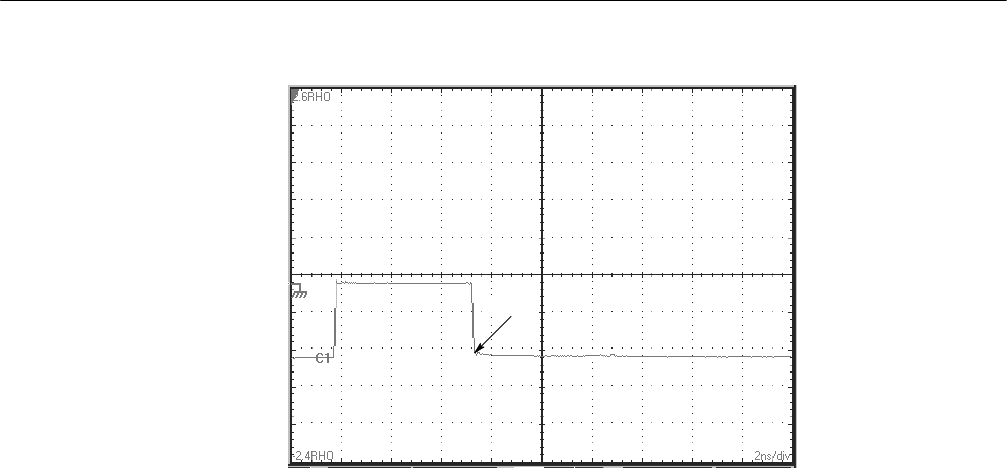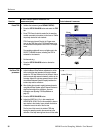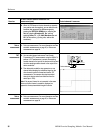
Reference
80E00 Electrical Sampling Modules User Manual
29
Short
Figure 14: TDR step and reflection (short)
What is the range of your TDR? is a common question asked by people looking
to purchase a TDR. This is a very important question that cannot be answered
simply. Another important consideration is how close together the TDR can
resolve features. This section discusses TDR range and the factors affecting it.
There are a number of factors that can affect the distance over which a TDR can
locate features. The most important parameters that are TDR-related are step
amplitude, step risetime and step width.
Step amplitude is the amount of voltage produced by the TDR step. It is fixed for
the 80E04 at 250 mV. In general, the higher the amplitude, the farther the TDR
can see. Generally, this type of step is optimized for short range TDR.
Overall step width also affects range. It follows the setting of the Internal Clock
Rate (25 kHz - 200 kHz). Step width is measured in time, but can also be
thought of as distance when using a TDR. The longer the step width, the greater
the range of the TDR. At 200 kHz, the step “on” time is 2.5 s - enough to see in
air (one way transit) 375 meters (about 1,250 feet). To see events at greater
distances, set the Internal Clock of the TDR to a lower frequency.
TDR Measurement Range


















